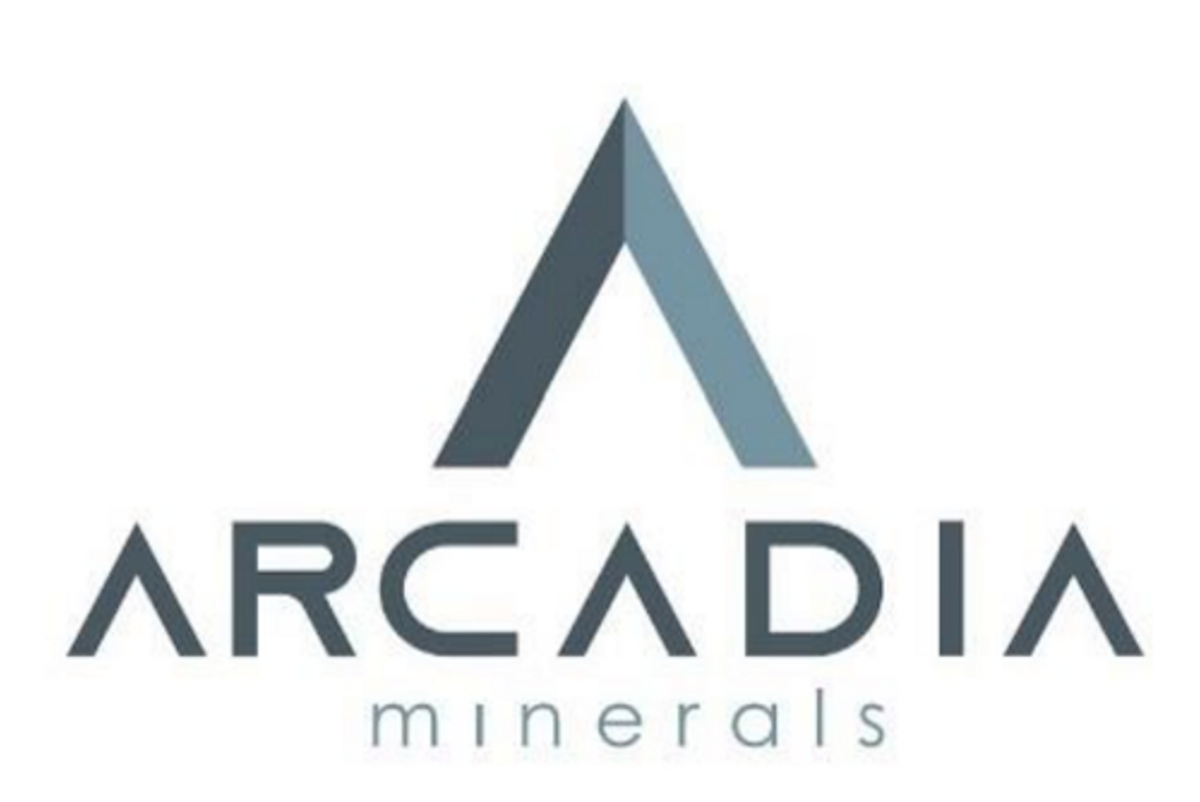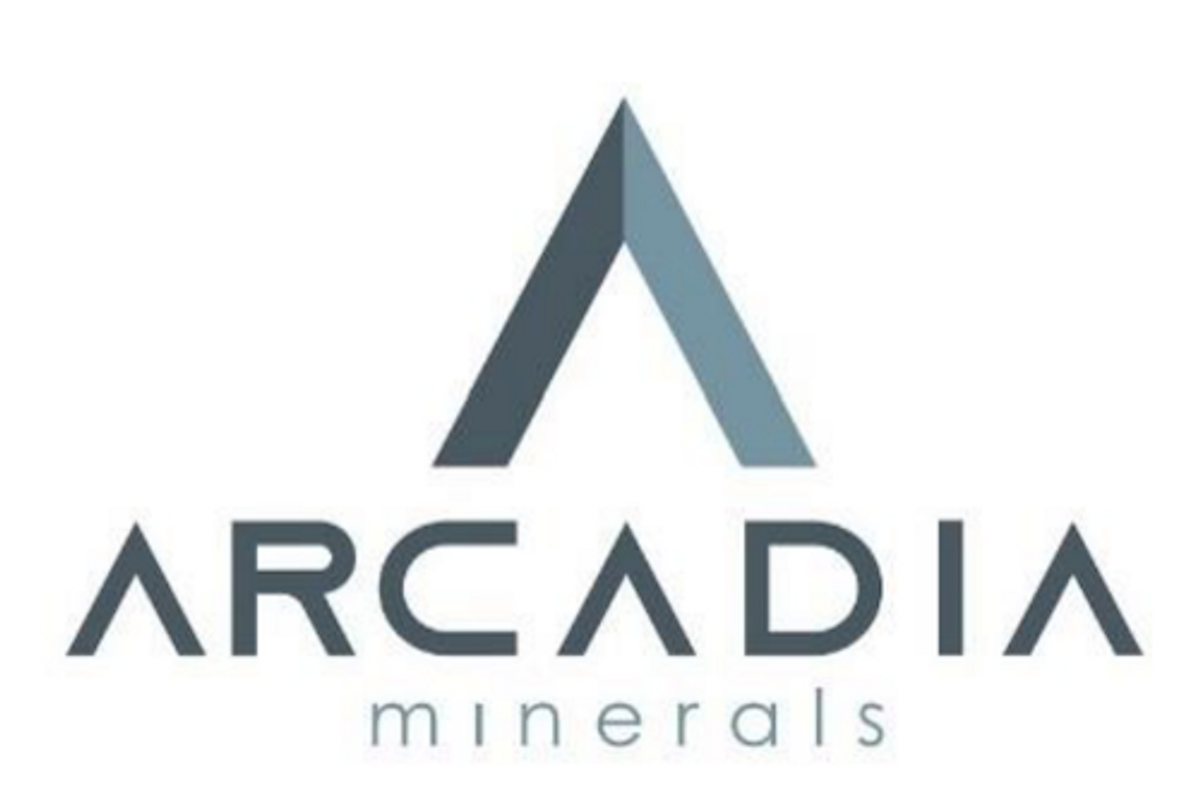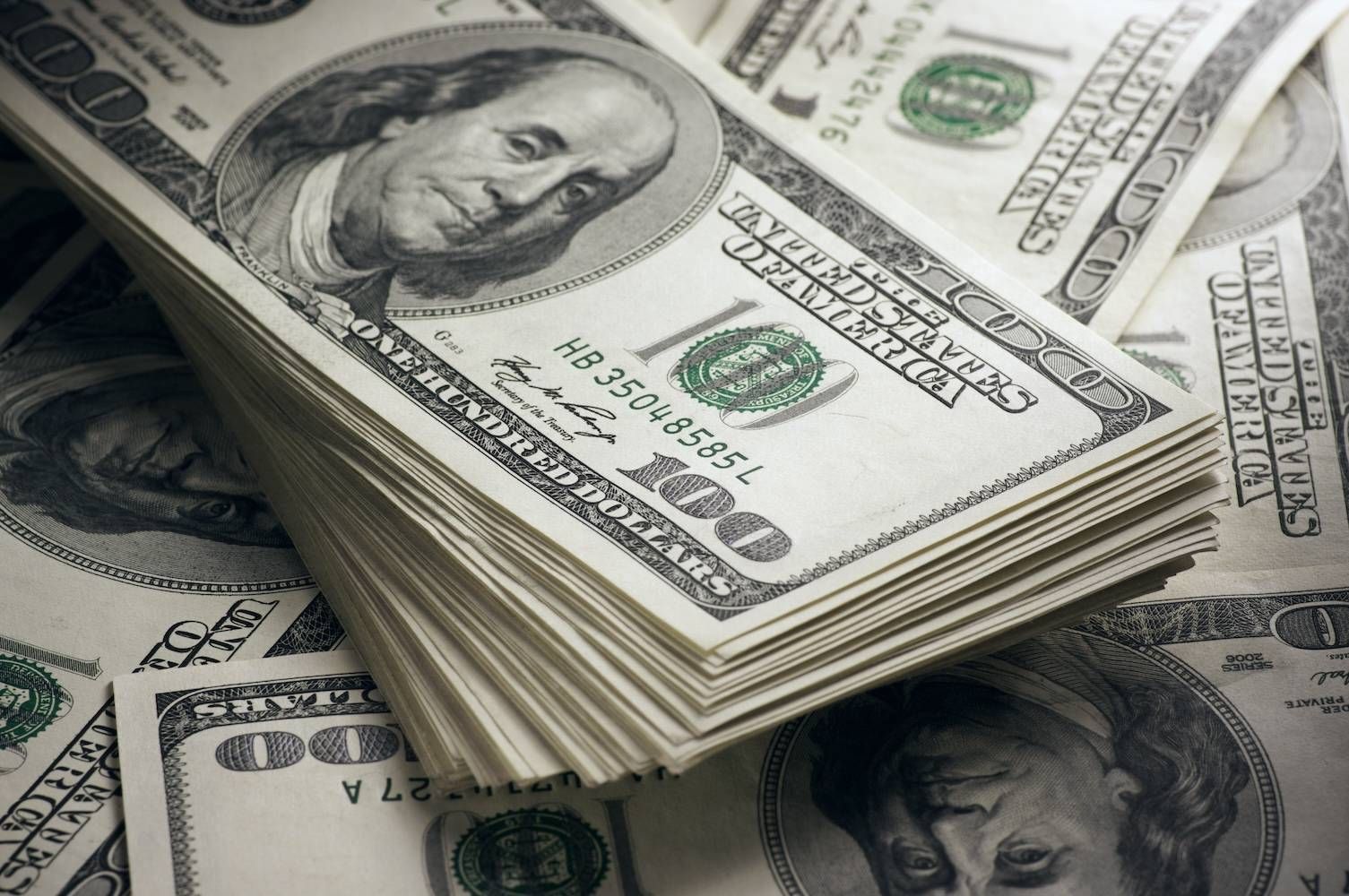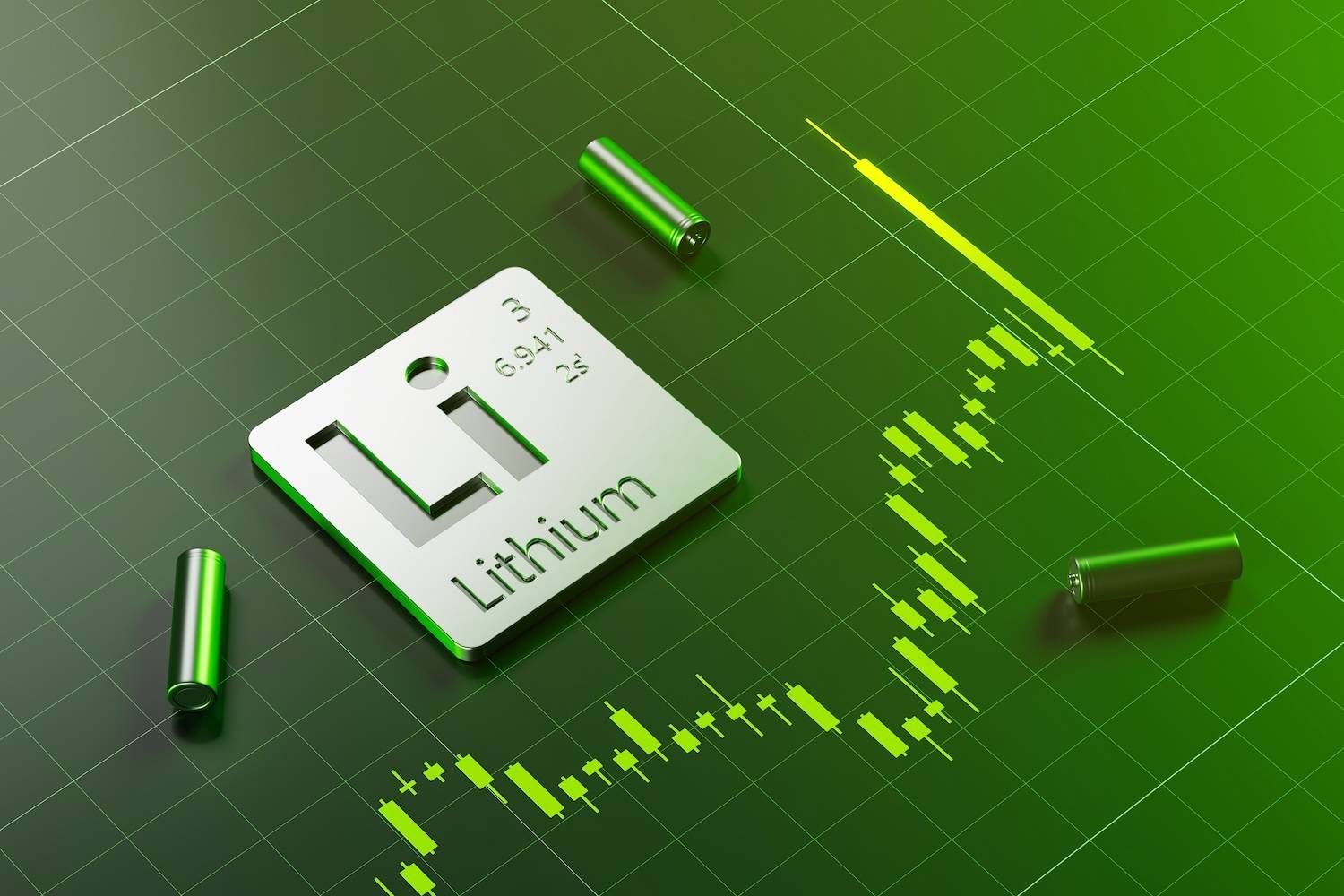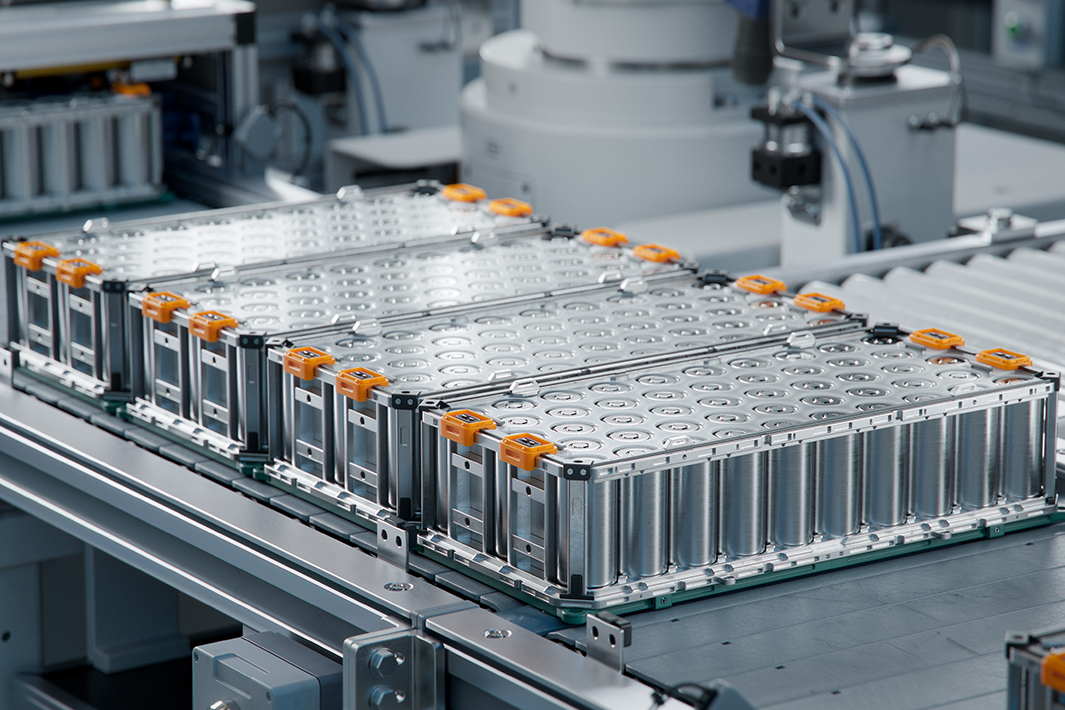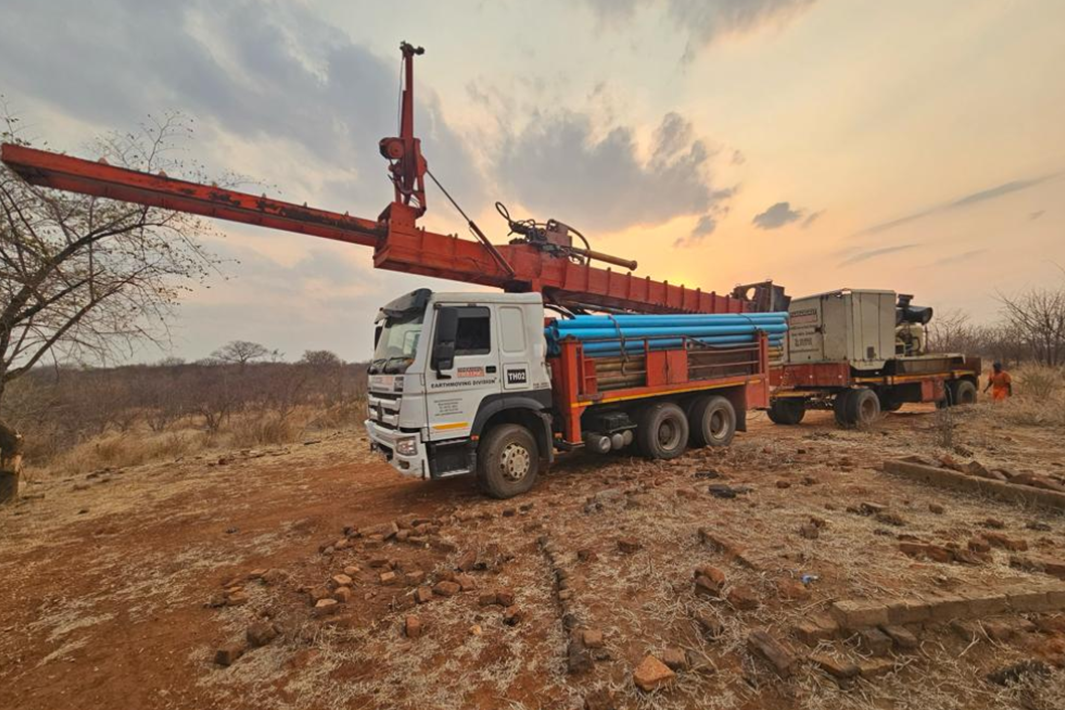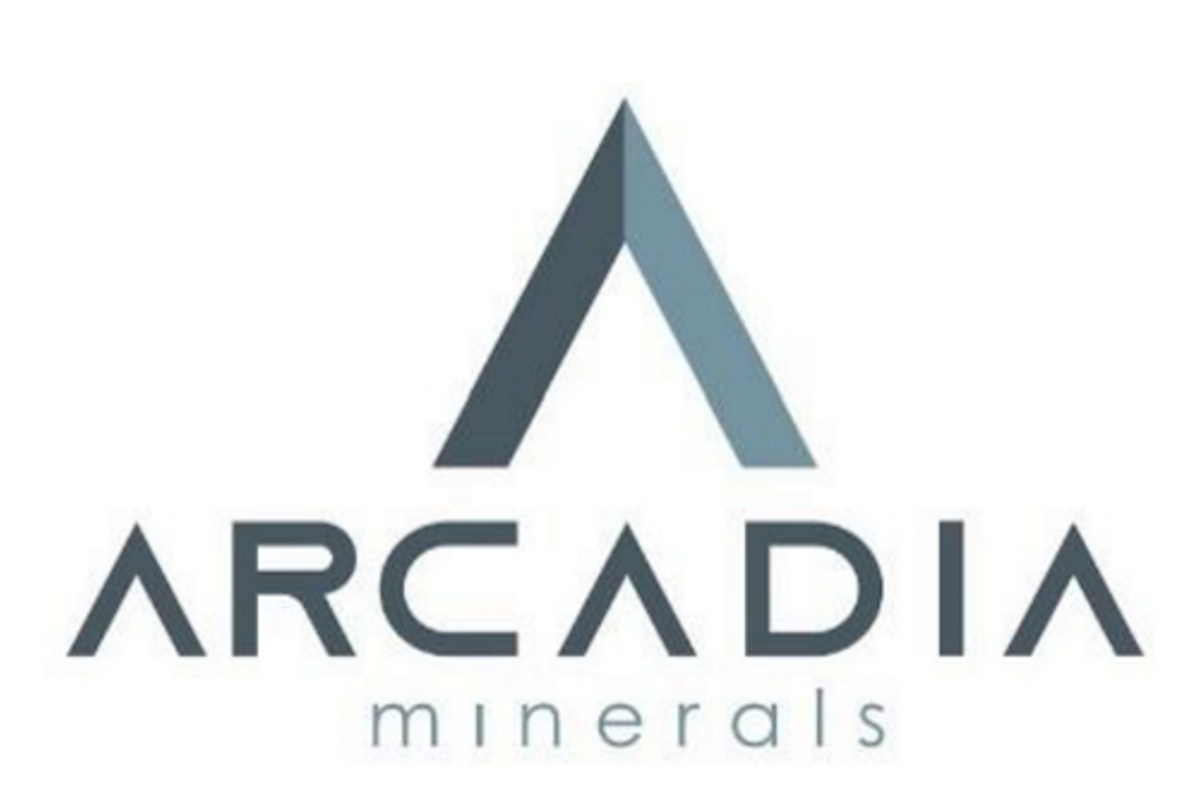
June 07, 2022
Arcadia Minerals Ltd (ASX:AM7, FRA:8OH) (Arcadia or the Company), the diversified exploration company targeting a suite of projects aimed at Tantalum, Lithium, Nickel, Copper and Gold in Namibia, is pleased to announce that a Mining License and an Environmental Clearance Certificate have been granted to Arcadia’s 80% owned subsidiary Orange River Pegmatite (Pty) Ltd (ORP).
HIGHLIGHTS
- Mining License granted over the Swanson Tantalum Project Area
- Environmental Clearance Certificate Issued for the proposed development of a Tantalite Mine at Swanson
- Definitive Feasibility Study over Swanson well underway and expected to be completed by September 2022
Mining License
Following an application for a Mining License brought by ORP on 22 May 2020, a Mining License styled “ML223” has been granted.

The license was granted by the Minister for the Department of Mines and Energy of Namibia on 3 June 2022 and authorises ORP to commence with the necessary development work towards mining operations for Base and Rare Metals, Industrial Minerals and Precious Metals over the Swanson Tantalite Project (see Figure 1 above) for a period of 15 years (from 19 May 2022 up to 18 May 2037).
In terms of the Minerals (Prospecting and Mining Act) of 1992, the mining license is renewable by application 12 months before its expiry date subject to ORP showing that the mineral to which the mining license relates exists in the mining area in sufficient quantity that it can be won or mined and sold. The Minister may not refuse to grant an application for the renewal of a mining licence if the holder of the license complied with the terms of the mining license and the proposed programme of mining operations and has expended the capital required for the purposes of which the mining license was granted.
Environmental Clearance Certificate
ORP has also received notice that an Environmental Clearance Certificate (ECC) to undertake the proposed development of a Tantalite Mine at Swanson and to commence with activities specified in ORP’s environmental assessment report and environmental management plan filed with the Ministry of Environment, Forestry and Tourism of Namibia has been granted under reference ECC 02187.
Feasibility Study
As reported on 6 May 20221 the Company is in the process of completing a Definitive Feasibility Study over the Swanson Tantalum Project for the production of a Tantalum concentrate containing a minimum metal content of 25%. The study is well underway and is expected to be completed by September 2022.
This announcement has been authorised for release by the directors of Arcadia Minerals Limited.
For further information please contact:
Jurie Wessels
Executive Chairman
Arcadia Minerals Limited
info@arcadiaminerals.global
Click here for the full ASX Release
This article includes content from Arcadia Minerals, licensed for the purpose of publishing on Investing News Australia. This article does not constitute financial product advice. It is your responsibility to perform proper due diligence before acting upon any information provided here. Please refer to our full disclaimer here.
AM7:AU
The Conversation (0)
11 September 2021
Arcadia Minerals
A Battery Metal Explorer Operating Within Resource-Rich Namibia
A Battery Metal Explorer Operating Within Resource-Rich Namibia Keep Reading...
23 September 2022
Drilling Completed At Karibib Copper-Gold Project
Arcadia Minerals Ltd (ASX:AM7, FRA:8OH) (Arcadia or the Company), the diversified exploration company targeting a suite of projects aimed at Tantalum, Lithium, Nickel, Copper and Gold in Namibia, is pleased to announce that its drilling contractor Hammerstein Mining and Drilling completed a 551m... Keep Reading...
29 August 2022
Drilling Commenced At Karibib Copper-Gold Project
Arcadia Minerals Ltd (ASX:AM7, FRA:8OH) (Arcadia or the Company), the diversified exploration company targeting a suite of projects aimed at Tantalum, Lithium, Nickel, Copper and Gold in Namibia, is pleased to announce that it instructed Hammerstein Mining and Drilling to execute a 526m RC... Keep Reading...
29 July 2022
Quarterly Activities Report – June Quarter 2022
Arcadia Minerals Limited (ASX:AM7, FRA:8OH) (Arcadia, AM7 or the Company), the diversified exploration company targeting a suite of battery metal projects aimed at Lithium, Tantalum, Nickel, Copper and Gold in Namibia, is pleased to provide its quarterly activities report for the period ending... Keep Reading...
09 May 2022
Kum-Kum Nickel Project Mineral Systems Approach Results
Arcadia Minerals Ltd (ASX:AM7, FRA:8OH) (Arcadia or the Company), the diversified exploration company targeting a suite of projects aimed at Tantalum, Lithium, Nickel, Copper and Gold in Namibia, is pleased to announce that the Department of Earth Sciences at the University of Stellenbosch... Keep Reading...
18h
SQM, Codelco Seal Landmark Lithium Joint Venture in Salar de Atacama
Sociedad Quimica y Minera (SQM) (NYSE:SQM) and Codelco have finalized their long-awaited partnership, forming a new joint venture that will oversee lithium production in Chile’s Salar de Atacama through 2060.SQM announced on Saturday (December 27) that it has completed its strategic partnership... Keep Reading...
24 December
Altius Minerals to Expand Portfolio with C$520 Million Lithium Royalty Deal
Altius Minerals (TSX:ALS,OTCQX:ATUSF) is making a bet on a lithium market recovery, agreeing to acquire Lithium Royalty (TSX:LIRC) in a C$520 million deal that will expand its exposure to battery metals.Under a definitive agreement announced by the two companies on Monday (December 22), Altius... Keep Reading...
23 December
Liontown's First Tjiwarl Member Completes Apprenticeship at Kathleen Valley
Liontown (ASX:LTR,OTC Pink:LINRF) has reached a milestone at its Kathleen Valley operations, with Vaughan Harris becoming the first Tjiwarl community member to complete an apprenticeship with the company.“Being the first Tjiwarl apprentice to complete an apprenticeship here at Liontown feels... Keep Reading...
22 December
Lithium Market 2025 Year-End Review
The global lithium market endured a bruising 2025, with persistent oversupply and softer-than-expected electric vehicle (EV) demand driving prices for the battery metal to multi-year lows.Lithium carbonate prices in North Asia slipped below US$9,550 per metric ton in February — their weakest... Keep Reading...
11 December
Mining the Gap: 5 Forces Shaping North America’s Lithium Supply Chain
A convergence of industry investments, government initiatives and a shifting global trade dynamic is creating an environment ripe for the development of a North American battery supply chain, with lithium playing a leading role. These trends are reshaping the region’s industrial base and opening... Keep Reading...
10 December
Rock Bottom: Strategic Window for Ground-level Lithium Investment
When lithium prices hit bottom, savvy investors know that’s exactly where the next big discovery begins — literally. Beneath the surface of global markets and remote exploration grounds, new opportunities are forming in the wake of a sharp price reset and renewed geopolitical urgency.Recent... Keep Reading...
Latest News
Interactive Chart
Latest Press Releases
Related News
TOP STOCKS
American Battery4.030.24
Aion Therapeutic0.10-0.01
Cybin Corp2.140.00
